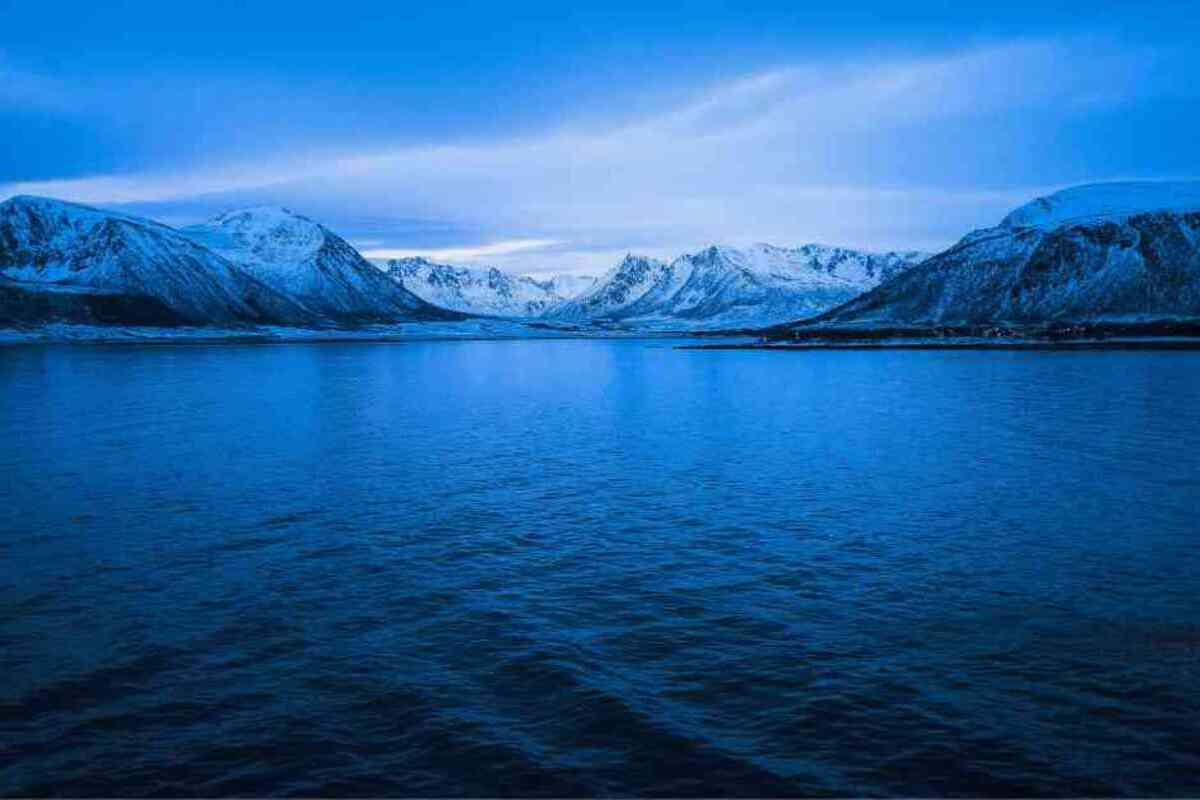The Norwegian Sea is one of the most intriguing regions of the North Atlantic, lying between Norway, Iceland, and the Svalbard archipelago. It plays a crucial role in regulating the climate of Northern Europe and houses a rich variety of marine life. While it may appear cold and remote, its depths are filled with secrets, and its waters influence ecosystems far beyond its boundaries. The following fascinating facts about the Norwegian Sea will give you a new perspective on this mysterious and vital body of water.
- The Norwegian Sea is a marginal sea of the Atlantic Ocean and does not have clearly defined geographical borders. It is separated from the North Sea to the south and the Greenland Sea to the northwest by a series of underwater ridges between Iceland and the Faroe Islands.
- Despite its northern location, the sea remains largely ice-free year-round due to the warming effects of the North Atlantic Current. This current is a continuation of the Gulf Stream and keeps the waters unusually warm for such a latitude.
- The average depth of the Norwegian Sea is around 2,000 meters, with some regions reaching nearly 4,000 meters in the Lofoten Basin and other deep areas. These depths make it one of the deeper parts of the North Atlantic.
- The salinity of the Norwegian Sea stays at approximately 35‰, which supports a diverse marine ecosystem. The relatively stable salinity levels are influenced by both warm and cold water currents that circulate throughout the basin.
- It plays a key role in the global thermohaline circulation, mixing warm surface waters with cold deep waters and helping to distribute heat across the planet. This process is essential for regulating Earth’s climate.
- The sea is home to numerous species of whales, including humpbacks, orcas, minke whales, and the fin whale. These majestic creatures migrate through the region and are often spotted by marine researchers and eco-tourists.
- The waters are rich in fish such as Atlantic herring, cod, and mackerel, making it a vital fishing ground for many Northern European countries. These resources support both local economies and international seafood markets.
- The Norwegian Sea serves as a major spawning area for Atlantic herring, especially in spring. The larvae are carried by currents, and mature fish often return to the same region each year.
- Coral reefs built by cold-water species such as Lophelia pertusa thrive on the sea floor, providing habitat for a range of marine life. These reefs are fragile and sensitive to environmental changes and fishing practices.
- Zooplankton species such as Calanus finmarchicus form the foundation of the food chain in the Norwegian Sea. They are essential to the diet of many fish and whale species and influence the entire ecosystem.
- The seabed contains significant reserves of oil and natural gas that have been commercially extracted since the 1990s. Offshore platforms operate year-round under challenging environmental conditions.
- In recent years, scientists discovered deposits of metals such as copper, iron, zinc, cobalt, and nickel along the Mid-Atlantic Ridge within the sea. These findings open new possibilities for deep-sea mining.
- During winter, the aurora borealis can be seen above the Norwegian Sea, creating spectacular light displays that attract travelers and photographers. The sight of the northern lights over open water is particularly mesmerizing.
- Underwater mountains, formed by ancient volcanic activity, rise from the sea floor and offer unique environments for marine organisms. These features are still being explored by oceanographic research missions.
- One of the strongest tidal currents in the world, Saltstraumen, is located near the Norwegian Sea and creates whirlpools with diameters up to 10 meters. These natural phenomena are both dangerous and awe-inspiring.
- The Norwegian Sea was a strategic region during World War II and served as a critical route for Allied convoys heading to the Soviet Union. Many shipwrecks still lie on the sea floor, offering insight into naval history.
- Scientific research in the area dates back to the 18th century, with some of the earliest depth soundings taken during Arctic exploration expeditions. These missions helped lay the foundation for modern oceanography.
- The sea is an important contributor to global water exchange, with deep and surface currents circulating over thousands of years. This process helps maintain the stability of the world’s oceans.
- New species continue to be discovered during deep-sea expeditions along the Mid-Atlantic Ridge and surrounding basins. The biodiversity in these areas challenges previous assumptions about life in the deep ocean.
The Norwegian Sea is far more than just a remote stretch of water. These interesting facts reveal its essential role in climate regulation, marine biodiversity, and natural resource supply. It remains a subject of intense scientific interest and awe-inspiring natural beauty. Exploring its many secrets reminds us of how interconnected Earth’s oceans truly are.





